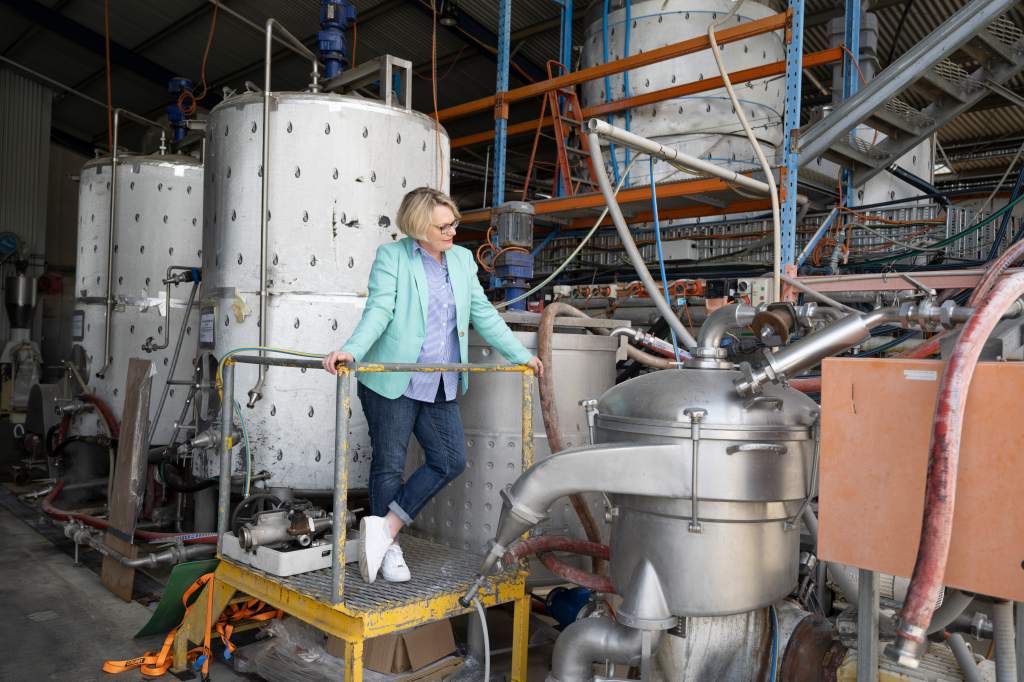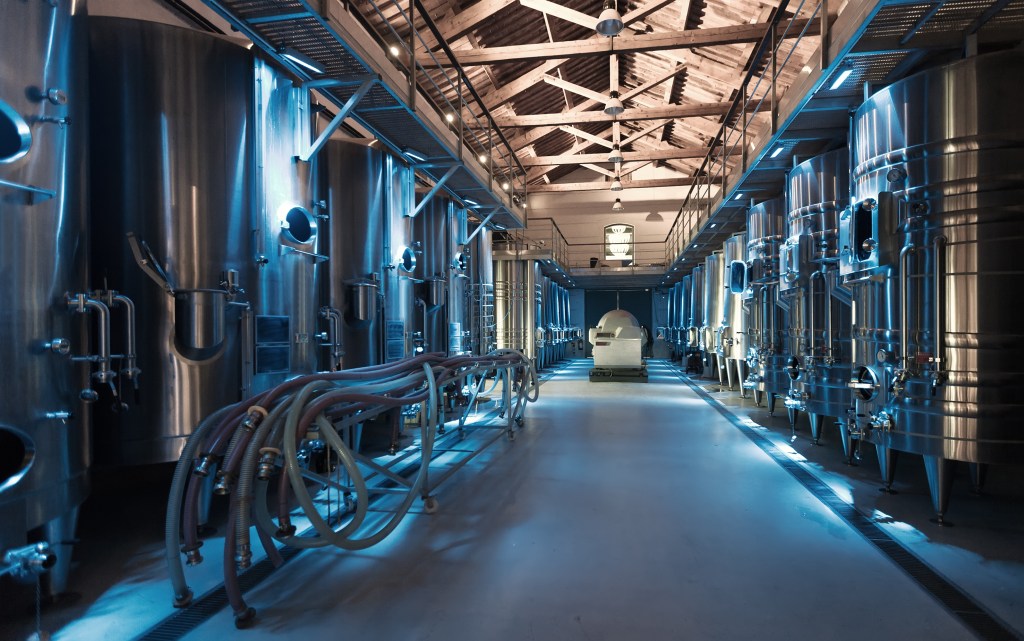The wine industry is no stranger to the world of fermentation, and it has access to infrastructure and production capacities that the precision fermentation sector can only dream of. So is there an opportunity for collaboration? If so, what might that partnership look like, and how could it become a reality?
We put these questions to Simon Schmidt, research manager at the Australian Wine Research Institute, at the recent CellAg Summit. And while there are probably still more questions than answers when it comes to how these two sectors could work together, the conversation demonstrated the potential value that collaborations like this can deliver, especially for nascent sectors like cellular agriculture.
What conversations, if any, are being had about how the wine and precision fermentation sectors could work together?
Within our wine industry research program, we’ve been thinking about how we can scale up our processes and have been looking for pilot-scale facilities to test newly developed strains. That got us talking to some of the folks in the cell ag space about what they were using at pilot scale. It seemed to us that there was a limitation there in terms of available testing facilities, specifically for GMOs. Obviously, in the wine sector, we don’t use GMOs at all. Still, in terms of strain development and some of the research done at laboratory and pilot scales, we sometimes like to explore microorganism capability using GM organisms. We started looking at what sort of facilities we would need to test GMOs at pilot scale; that’s where this conversation began. There’s quite a bit of interest in what’s likely to come down the strain development pathway and that requires a lot of thinking around what’s going to be required to get those strains evaluated and into production.
One of the biggest benefits of a potential collaboration like this one is the access to infrastructure that could be provided to cell ag. Can you give us an idea of the production capacities that the wine industry currently boasts?
The entire wine industry in Australia, on average, harvests 1.7 million tonnes of grapes every year. We typically refer to businesses that process less than 500 tonnes of grapes yearly, which converts to about 200,000-300,000 litres of wine, as small scale. Those producers would have almost the entire winery volumetric capacity as fermentation vessels. So they would ferment in the same tanks where they settle and conduct other processes.

We refer to large scale as those companies that process more than 10,000 tonnes of grapes. That converts to 6 million litres or more. For many of these producers, fermentation and storage capacity are separate to enable the reuse of fermentation tanks to help with logistical constraints during grape harvest. The largest producers, more than 200,000 tonnes per year, may have a total fermentation capacity approaching 25 million litres, depending on the split between red and white wine processing requirements, and a separate storage capacity of up to 100-150 million litres.
Let’s talk about this infrastructure in more detail. What sort of equipment are we talking about, and what modifications would be required if precision fermentation companies were to access it?
Many people might see the wine industry as being relatively homogenous, with a standard fermentation vessel. That’s not the case at all; it’s a very diverse industry. So small winemakers might make their wine in a picking bin, wooden barrel or stainless-steel tank. The type of vessel used depends on the aims of the winemaker. For example, red and white wine production is quite different, and you’d have different fermentation vessels for making those wines. Using different vessels for different types of winemaking is also true at a large scale.

It’s also worth running through what the modern winery looks like at a large scale. A large commercial winery is structured with multiple large-volume fermentation tanks (100,000 litres or more) set out in rows. Those vessels are centrally monitored to control temperature and pumping operations. Large-scale facilities might also use redox probes to measure and control oxygen concentration because, believe it or not, although it’s an anaerobic process, wine ferment aeration can benefit some types of wine production.
So given the infrastructure involved in modern winemaking operations, modern winemaking facilities start to sound a lot more like a facility that you would need to undertake precision fermentation. And once you’ve got the centralised control involved in terms of managing those tanks, retrofitting to meet the demands of precision fermentation would require site engineers to integrate the different types of probes to measure the different things you want. Having said that, winery fermentation vessels will never be able to match the oxygen transfer rates possible in modern agitated bioreactors. While adding aeration capacity is possible, the absence of high energy agitators would limit what could be achieved in a modified wine production facility.
How transferable are winemakers’ skills to the precision fermentation space? What sort of upskilling might be required?
I think the skills are very transferable. A primary factor would be understanding the different analytical measures of quality and what a successful fermentation looks like in the precision fermentation environment. Winemakers are used to following fermentation curves, sugar utilisation curves, monitoring biomass formation, making process adjustments based on different analytical measures and managing logistics in commercial production environments. What they’re not used to is managing aeration to the degree that is required and growing cells to the extreme biomass concentrations that are needed. The sanitation requirements are different; there’s no question about that. However, managing microbial spoilage risk is something that a winemaker also has the skills to manage.

How significant a consideration is the fact that precision fermentation involves the handling of GMOs?
Within the wine industry, there’s a diverse series of perspectives, just as there is in the general community, about GMOs, although there is currently a clear industry policy that GMOs are not used in any aspect of Australian wine production.
I do feel that there’s an openness, and there has been for quite some time, to at least discuss what GMOs might be able to deliver to the wine industry. The current position is not based on fear; it’s more pragmatic or philosophical. For example, considerations may involve how you can manage export requirements because our wine sector has such a large footprint in the export market. Or it might be about understanding the sensitivities in different market segments. You can’t necessarily segregate a business into a GM component and a non-GM component to satisfy different market segment sensitivities. So a pragmatic decision is to ensure your entire business is non-GMO, which is the current policy in Australia. Businesses in the USA take a similar approach. Although labelling requirements aren’t as restrictive in the USA as they are in other jurisdictions, the wine industry there, in general, doesn’t use GMOs even though they could, partly because it’s going to affect their ability to export to specific markets or restrict their ability to sell to certain market segments.
All that being said, I think there’s a willingness to explore what GM organisms could deliver.
To stay up-to-date on the latest industry headlines, sign up to Future Alternative’s enewsletter.
Posted on:


